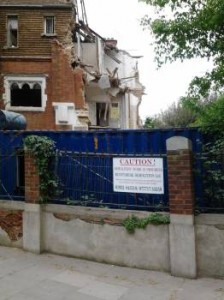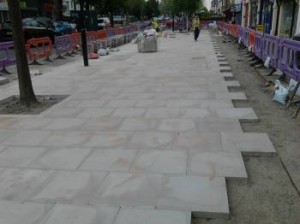 Vice-Chair of West Ealing Neighbours, Eric Leach looks at the future options for Ealing and the Council’s role.
Vice-Chair of West Ealing Neighbours, Eric Leach looks at the future options for Ealing and the Council’s role.
This was the title of a public meeting convened by Ealing Council in Ealing Town Hall on Tuesday 21 September, 2010. Over 100 residents attended the meeting which was very well chaired by Bob Gurd, Chair of Ealing Civic Society.
The meeting was the first of a series of Ealing Council events in September, October and November at which the Council will describe its plans for how Ealing’s land will be used over the next 15 years. These plans are variously available for review on the Council’s web site, in Council Libraries and in Perceval House. The formal Public Consultation period began on 17 September and will end on 30 November, 2010. In formal Town Planning jargon these local plans make up Ealing’s Local Development Framework (LDF).
The elephant in the room was that the ‘new’ plans are very much like the ‘old’ plans presented to residents in 2009. 14,000 nw homes will be built with 78 % of these (10,000+) being built within 800 metres of Southall, West Ealing, Ealing Broadway and Acton railway stations. Many attendees expressed dissatisfaction with these plans – as they had done in 2009.
In 2009 it was planned to build 1,900 new homes in the centre of Ealing – now (inexplicably) that figure has grown to 2,600. Three new hotels are currently being built in the centre of Ealing and the proposals revealed plans to allow another six hotels to be built.
100 sites for development are identified in the proposals. Another 32 development sites have been identified but as yet have not been documented in the proposals. This surprised one attendee who described this as over-development and emphasised that Ealing is already a developed community. Further echoes of the 2009 Consultation were heard when attendees expressed unhappiness at the poorly documented infrastructure provisions especially those for education. The proposals quoted the ex-Labour Government’s ‘Building Schools for The Future’ plans for Ealing – which of course have been recently slashed for most Ealing schools.
Of course we all broke up into 10 people study groups – just as we had done in the 2007 and 2009 LDF Public Consultations. Transport concerns stressed transforming Ealing Broadway Station (EBS) into a genuine integrated transport hub (not in the plans) and had the Council really got its figures right for adequate capacity for traffic in and out; within; and parking in Ealing. On the homes and jobs front residents saw 90,000 sq metres of new office space in the centre of Ealing as an over-provision – especially as so much office space is currently empty. Why asked one resident is there so little planned residential growth in Greenford and Northolt whilst so much residential growth is planned for the already more densely populated area of central Ealing, Acton, West Ealing and Southall? Why, asked another, are Ealing’s housing targets so much higher that many other comparable London boroughs? 50,000 sq metres of new retail are planned for the centre of Ealing. Will this space ever be filled was a question which was not answered with any sort of conviction.
Options were described for improving the arrangement of buses around Haven Green. It was made clear that very little money could be found to do this and that the idea of a fully functioning bus station or an integrated transport hub in the centre of Ealing was out of the question. This approach, when seen against the backdrop of the £billions of somebody’s money to be spent on the 100 development sites throughout Ealing over the next 15 years, is truly shocking.
To the surprise of many, four new options for developing the Arcadia site were presented in a full colour leaflet courtesy of consultants Tibbalds. Sadly it appeared that these designs bore little relationship with the sparse revamping plans for EBS just across the roads from Arcadia.
A tall Buildings Policy was alluded to but not quantified!
Ealing Council Officers found no time during the three hour meeting to mention anything about use of land for healthcare, law and order, sporting, cultural, the exploding elderly population, and community centres. No mention was made of alternative plans which had been rejected and why they had been rejected.
More than one resident questioned whether the Council would listen to residents’ concerns and ideas and reminded all those in the room that residents’ feedback in the 2007 and 2009 LDF Public Consultations had been studiously ignored.
Another startling revelation at the meeting was that in order to have your own copies of the four key documents (674 pages in total) you’ll have to pay Ealing Council £55 to acquire one copy of each. However those rich enough to shell out this kind of money will have to wait until at least Thursday for copies to be available from the printers.
In his concluding address Steve Barton, Ealing Council’s LDF supremo, described in some detail the ‘Test of Soundness’ which the Government’s Planning Inspectorate would apply to Ealing’s final LDF submission. What was painfully absent from this shopping list of tests was any notion of acceptance of the plans by Ealing’s 250,000 adult population. This appalling own goal can be seen as both a local and national disaster.
Finally Council Leader Councillor Julian Bell attended most of the meeting. This was encouraging as he has personal responsibility at Cabinet level for the LDF. However Mr Pat Hayes who is Ealing Council’s salaried Regeneration supremo and the Director driving this over-development was glaringly absent from the meeting.
 Vice Chair Eric Leach reports that according to ‘Property Week’ magazine would-be Ealing centre developer Glenkerrin is facing collapse.
Vice Chair Eric Leach reports that according to ‘Property Week’ magazine would-be Ealing centre developer Glenkerrin is facing collapse. 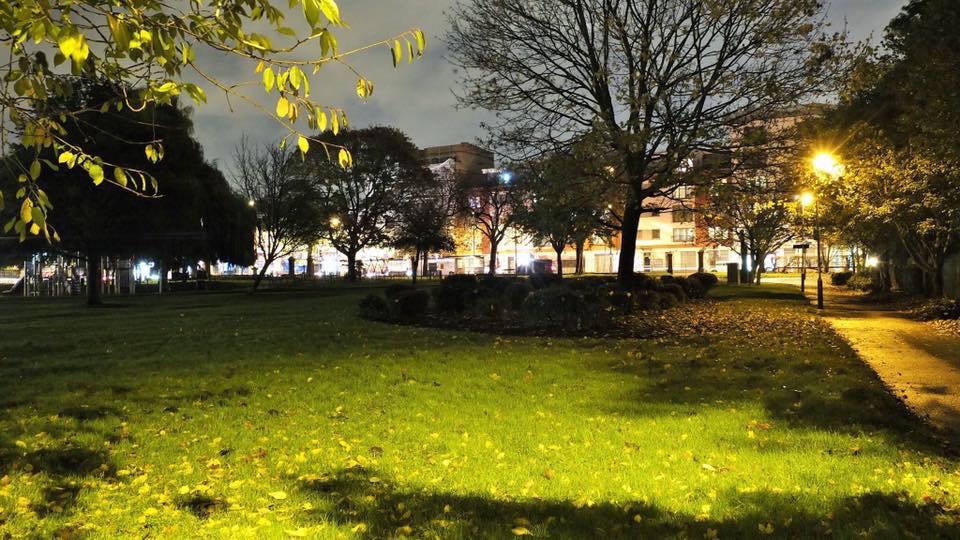
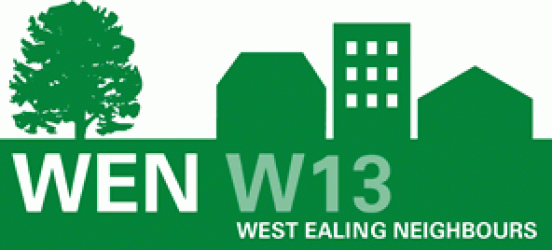
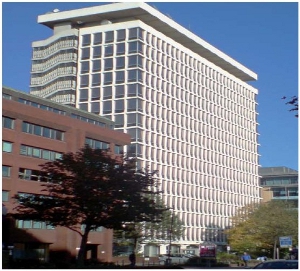 As use of this land in this way was neither prescribed by the UDP nor the LDF perhaps we can now conclude that Ealing Council has just thrown in the towel with planning policy and the way is now open for property developers to design the centre of Ealing.
As use of this land in this way was neither prescribed by the UDP nor the LDF perhaps we can now conclude that Ealing Council has just thrown in the towel with planning policy and the way is now open for property developers to design the centre of Ealing.